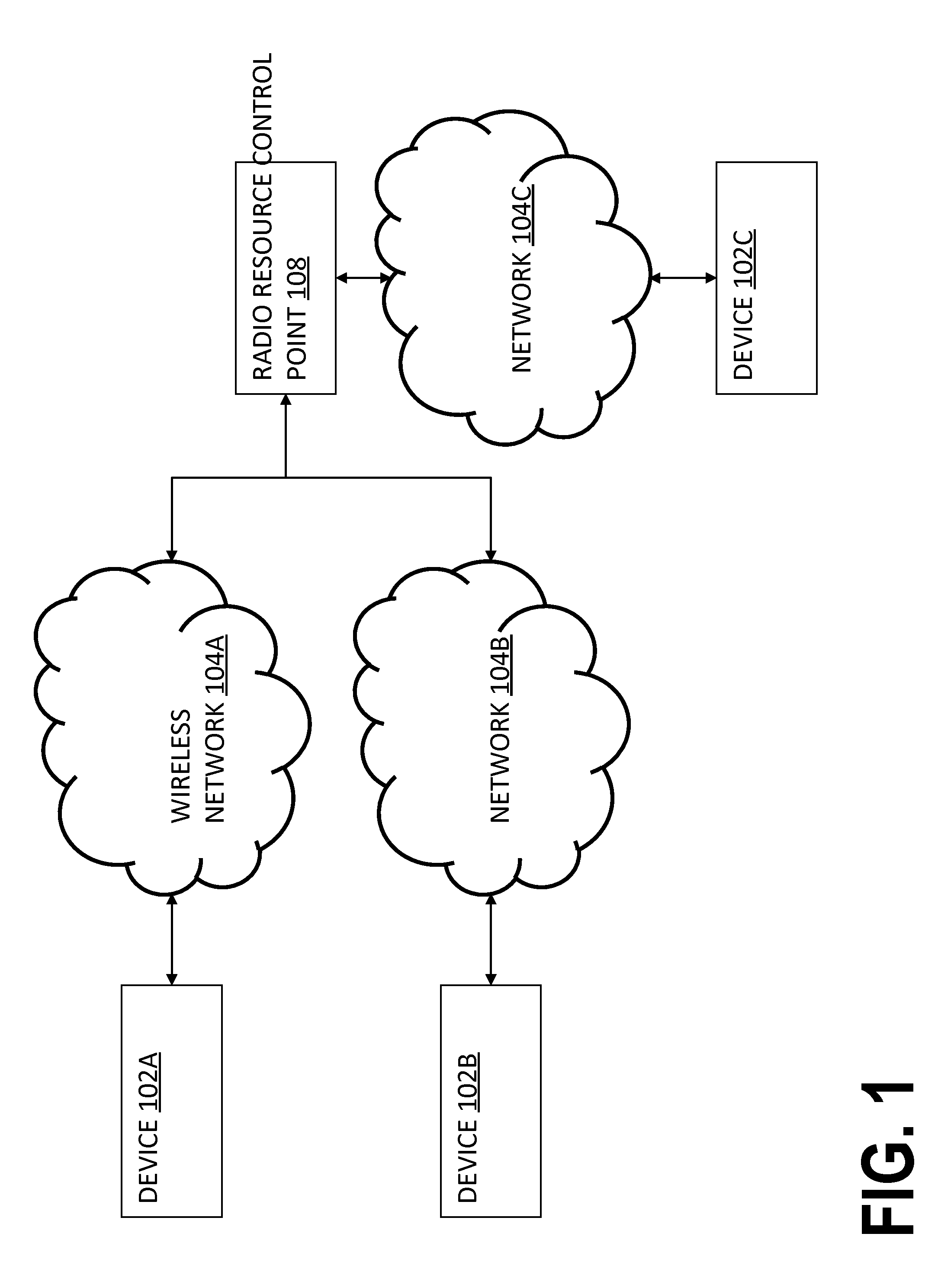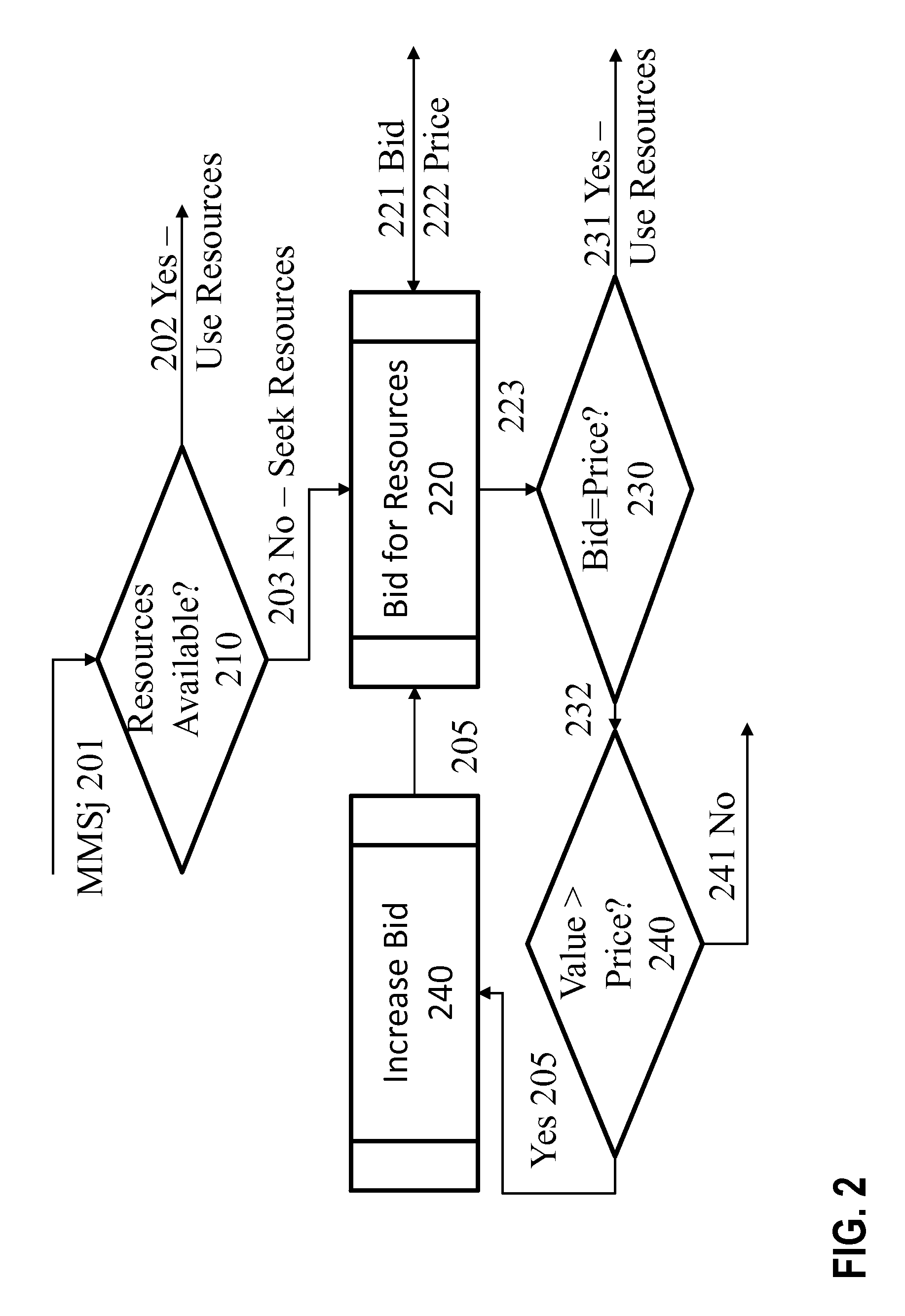Radio resource managment
a radio resource and management technology, applied in the field of wireless communications systems, can solve the problems of not being able to optimize within each frame, scheduling and its consequences may not reflect value, and conventional scheduling does not consider, so as to maximize the aggregate user experience, improve radio resource management, and improve the effect of quality of experien
- Summary
- Abstract
- Description
- Claims
- Application Information
AI Technical Summary
Benefits of technology
Problems solved by technology
Method used
Image
Examples
Embodiment Construction
[0020]There is a growing demand for bandwidth to send data to and from mobile devices, but, in many places, the bandwidth for such devices is limited. For example, in the U.S., the FCC has made only certain portions of wireless spectrum available to carriers. Since there is a limited supply of bandwidth and a growing demand for such supply, there exists a need to more effectively allocate and schedule bandwidth and related radio resources for wireless networks. The current art does not incorporate measurements of user QoE for radio resource allocation and scheduling.
[0021]Provided herein are methods and systems for allocating and scheduling resources simultaneously in space, time, and frequency according to a per-user usage context (UCX) to maximize aggregate user QoE. QoE may derive from the quantity, quality, timeliness and suitability (QQTS) of information provided to a user with respect to the expectations of the specific user in a given time, place, and UCX.
[0022]As noted above...
PUM
 Login to View More
Login to View More Abstract
Description
Claims
Application Information
 Login to View More
Login to View More - R&D
- Intellectual Property
- Life Sciences
- Materials
- Tech Scout
- Unparalleled Data Quality
- Higher Quality Content
- 60% Fewer Hallucinations
Browse by: Latest US Patents, China's latest patents, Technical Efficacy Thesaurus, Application Domain, Technology Topic, Popular Technical Reports.
© 2025 PatSnap. All rights reserved.Legal|Privacy policy|Modern Slavery Act Transparency Statement|Sitemap|About US| Contact US: help@patsnap.com



